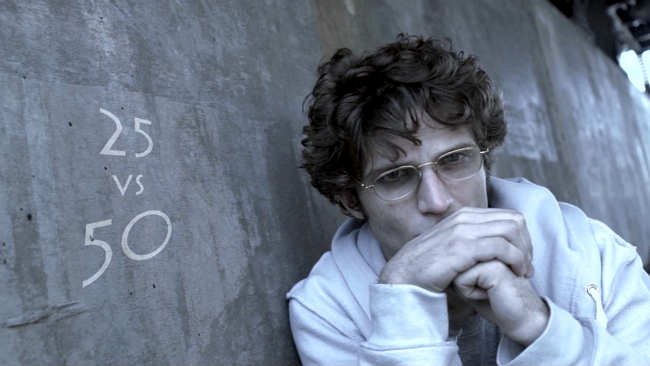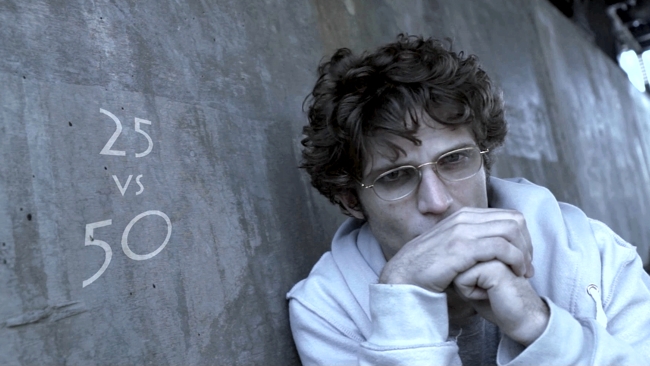
 Do higher frame rates tell better stories?
Do higher frame rates tell better stories?
What did you think of HFR on The Hobbit? A New Zealand filmmaker is experimenting with frame rates to find out how audiences react differently to regular vs high frame rate films
What did you think of HFR on The Hobbit? A New Zealand filmmaker is experimenting with frame rates to find out how audiences react differently to regular vs high frame rate films.
By now we’ve all been exposed in some way to the varied and sometimes controversial discussions surrounding high frame rate technology on The Hobbit. But what have we taken from it? What actually happens when you put high frame rate images in front of audiences? How does their relationship to the story change? What does it offer us as artists and filmmakers?
These are the questions being asked by Matt Fannin, a final year screen design student in New Zealand.
Its all about story
The test is a remake of the stunning opening sequence from 'Brick' (Rian Johnson, Director behind Looper, and The Brothers Bloom), but filmed twice - one version at 25fps, and the other at 50fps. The aim is to create a direct comparison with an existing story reference, so that we can evaluate the differences in how the story reads, instead of only looking at how ‘smooth’ the motion is. Unlike a lot of other tests around that are only motion interpolated, this one is actually filmed twice in order to maintain exactly the same shutter angle in both films.
40 or so people were then shown these tests and asked to feedback different information, like identifying which version was HFR, which they preferred, etc.
But which one connects?
The results so far are very close, with a mostly even amount of people preferring each version, however this might obviously change as more people view them on the website. One interesting observation was many people who preferred the 25fps version commented that it felt smoother and more seamless to them than the 50fps one, despite it having half the amount of frames.
Matt then points out some advantages and disadvantages with the different formats for the story, in terms of what types of shots work best, and which ones work to undo the essence of the film. It’s an interesting read, be sure to head over to the website to check out the original full article, watch the videos, and contribute to the discussion! Which one do you prefer?
Matt Fannin - Edgelit - Frame rates in action
Matt is a final year Screen Design student at Toi Whakaari: NZ Drama School, Wellington, New Zealand.
Tags: Technology


Comments